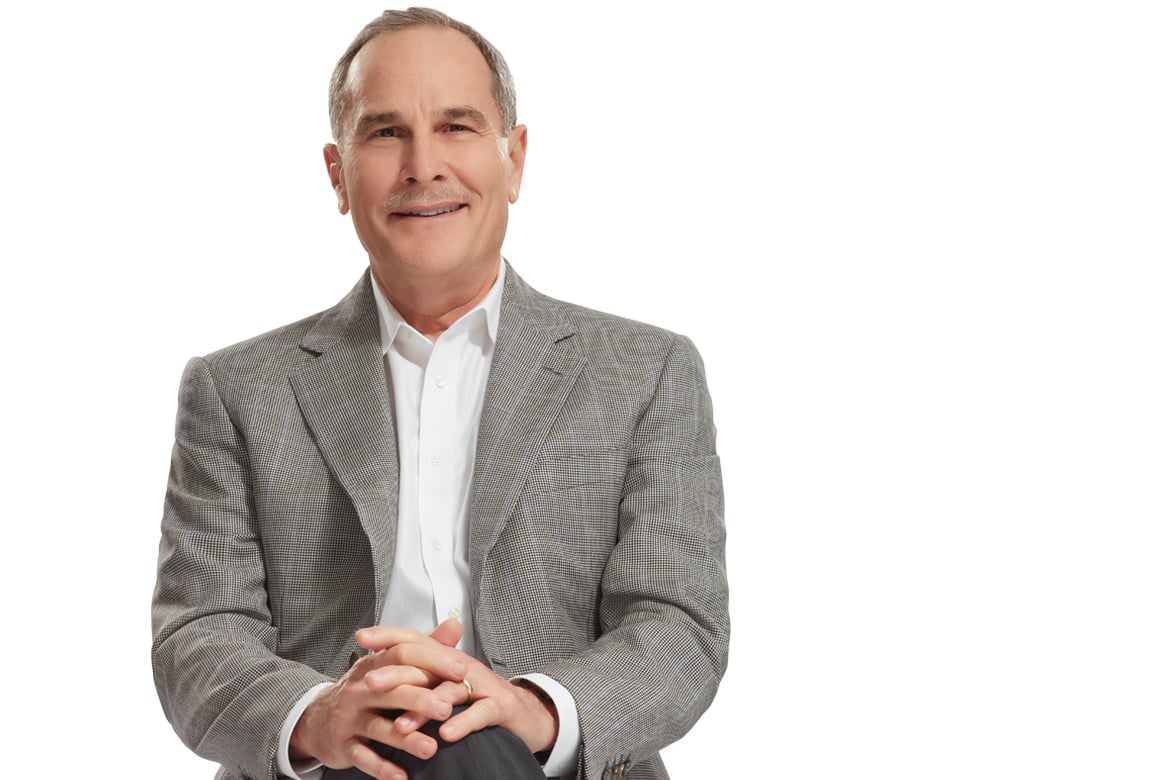Small changes can produce big results for patient outcomes. Some require sophisticated technology, while other solutions can be as simple as letting patients sleep, according to Richard Milani, MD, chief clinical transformational officer for the New Orleans-based Ochsner Health System.
Ochsner and its IT partner received a 2018 Microsoft Health Innovation Award for using more than 1 billion clinical data points to create a network capable of predicting patient deterioration outside of the intensive care unit with close to 90 percent accuracy.
Using this technology, Ochsner created a rapid response team that swings into action if a patient exceeds a certain risk threshold. The team reduced adverse events outside the ICU by 44 percent during a 90-day trial.
The initiative, powered by a machine-learning platform, was a demonstration of how artificial intelligence (AI) could be integrated into patient-care workflow. Ochsner is also using AI to attempt to reduce pressure ulcers and hospital-acquired infections.
Ready to hear more from Dr. Milani on chronic disease management and health care innovation? Subscribe to the AMA's new podcast, Moving Medicine. The first two episodes are adapted from Dr. Milani's presentation at the 2018 AMA Annual Meeting in Chicago.
Tech enhances chronic disease care
While these hospital-based applications show the tremendous potential benefits of digital medicine solutions, Dr. Milani told attendees at a recent physician education session that managing chronic conditions is where the technology demonstrates its true power.
The need to focus on chronic conditions is clear, Dr. Milani said, noting that they are responsible for 86 percent of U.S. health care costs and 70 to 75 percent of deaths.
Another important data point is how interaction with the health care delivery system only factors into about 10 percent of a person’s health. Behavior is responsible for about 40 percent of the “pie,” genetics for 30 percent, social circumstances affect 15 percent, and environmental factors influence about 5 percent, Dr. Milani said. To make substantive changes in patient outcomes, “we have to open up that whole pie,” he said.
“Patient activation” is required. And, sometimes, caregiver activation is also needed. In one intervention, patients with heart failure are asked if anyone besides themselves buys and prepares their food. If the answer is “yes,” Ochsner requests their email and sends them a link to a video on the importance of a low-sodium diet.
Dr. Milani reported that about 25 percent of caregivers watched the video and the associated patients had a 43 percent lower readmission rate than for patients whose caregivers didn’t watch the video.
Another way patient activation helps is with supplying data. The typical chronic disease model of taking measurements one to four times a year during patient visits doesn’t work, Dr. Milani explained. So, Ochsner has equipped patients with digitally-connected blood pressure units that supply regular blood pressure and heart rate measurements.
Real-time data exchange allows clinical staff to stratify patients by how much attention they need. This includes adjusting medications and sending lifestyle modification reminders.
Ochsner patients also have access to the “O Bar,” a retail-type setting where they can select health-tracking telephone apps to help monitor diet, exercise and sleep. Dr. Milani said these apps can produce “profound results” in lifestyle change by enabling patient self-discovery.
“The opportunities for broad population health initiatives utilizing a growing array of patient-friendly ‘consumer’ technologies have the capacity to transform health care and more effectively manage the epidemic of the 21st century,” Dr. Milani and colleagues wrote in a report published in the journal Progress in Cardiovascular Diseases.
Sleeping patients leave earlier
Not all solutions are high tech. Dr. Milani, addressing the 2018 AMA Annual Meeting in June, noted how patients often leave the hospital with “low cognition” due to disrupted sleep and circadian rhythms, poor nutrition and confinement in bed.
Patients who were allowed longer, uninterrupted sleep—by reducing noise, delaying routine blood draws and the use passive vital sign-reading technology—had shorter lengths of stay and fewer readmissions, Dr. Milani and colleagues reported in the American Heart Association’s journal Circulation.




